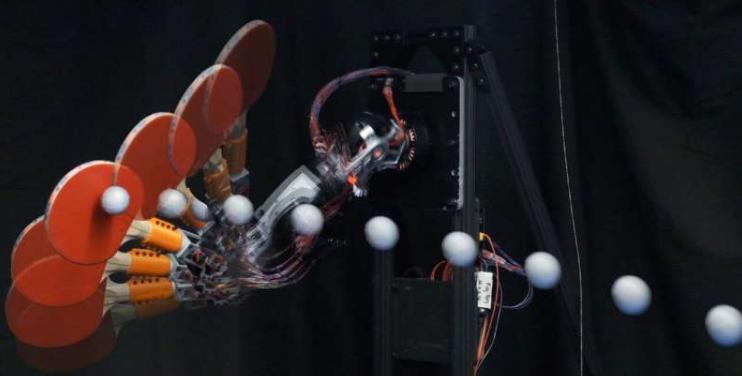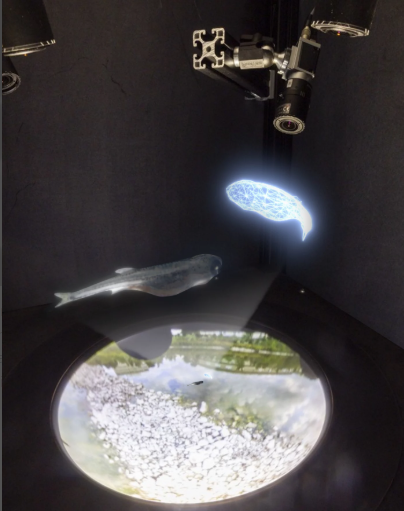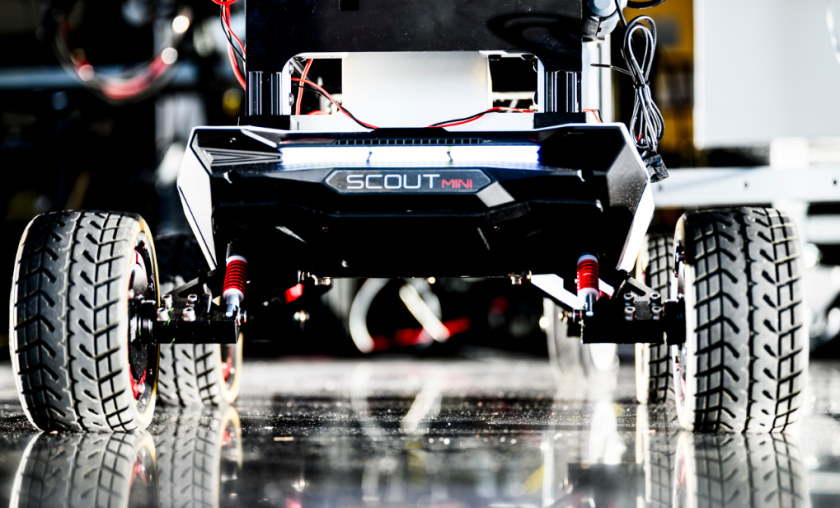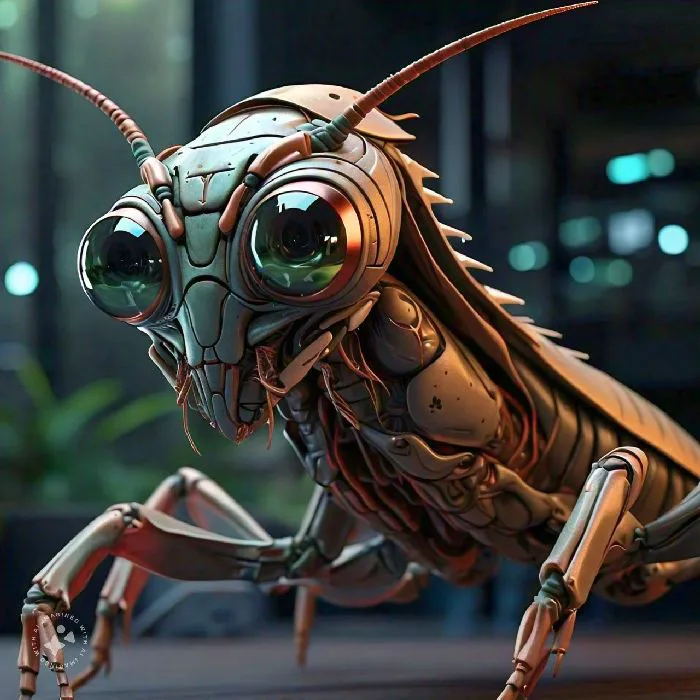
A self-driving car approaches a street with a parked car and a cyclist waiting to cross. The car detects the cyclist moving but has difficulty judging the distance and speed of both the stationary parked car and the slow-moving cyclist, leading it to miscalculate the necessary response and causing a collision. This is similar to how some insects see the world: their eyes are good at noticing movement and seeing a lot at once, but they struggle to tell how far away things are. However, this is not the case with the praying mantis.
A praying mantis can see things in 3D because its left and right eyes work together. This overlapping vision helps it judge distances better, allowing it to accurately track and catch prey.
Enhanced Capabilities of Artificial Compound Eyes
Thinking on these lines of thought, researchers at the University of Virginia School of Engineering and Applied Science have made significant advancements in the development of artificial compound eyes.
By integrating optoelectrical engineering and edge computing, they have created a system that addresses several persistent challenges in the field of machine vision.
- Optoelectrical engineering: Involves the use of electrical and optical technologies to improve the performance of sensors and imaging systems.
- Edge Computing: Instead of sending all the visual data to a central processor, edge computing processes data locally, close to the sensors. This approach reduces the time it takes to analyse data and lessens the computational burden on the central system.
Conventional visual data collection methods have issues such as inaccuracies resulting from limitations in sensor technology and data processing techniques. The advanced design and processing capabilities of these artificial compound eyes help to improve accuracy.
After studying how praying mantis eyes work, the team realized that creating a biomimetic system to replicate their biological capabilities would require developing new technologies, said Byungjoon Bae, a Ph.D. candidate in the Charles L. Brown Department of Electrical and Computer Engineering.
Artificial Eyes Inspired by Mantis Vision
The team created artificial “eyes” that work like the compound eyes of mantises. They used tiny lenses and light-sensitive parts that generate electricity when they catch light. To make these artificial eyes flexible and more like the natural shape of mantis eyes, they used special materials that can bend.
Quite like a pair of sunglasses that not only protect eyes from the sun but also have tiny lenses that simulate the way a fly’s eyes work. Each lens captures light and generates a small amount of electricity. This electricity powers a small fan that helps keep the wearer cool while wearing the shades.
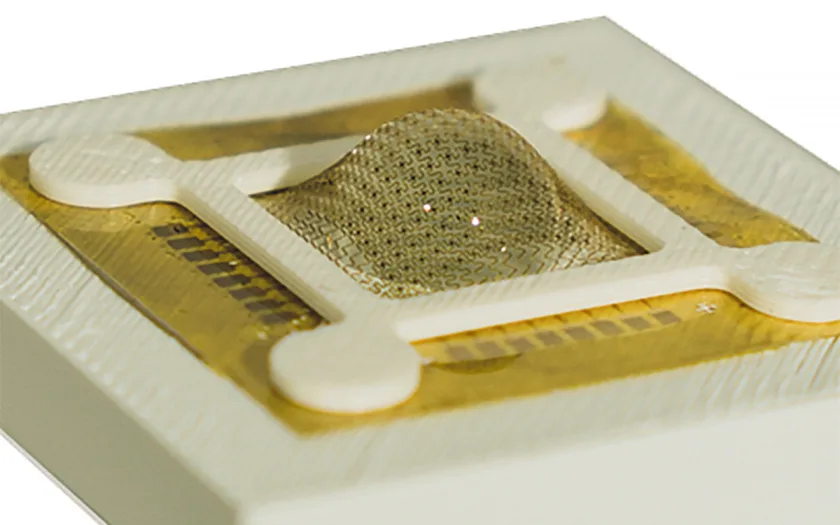
Hemispherical Sensor Enhances Vision for Diverse Applications
The embedded sensor is made in a hemispherical geometry. This allows it to capture a much broader view to judge distances and depths as compared to flat or traditional sensors. Since it is capable of processing visual information quickly and accurately, the sensor provides an immediate understanding of the surrounding space, added Bae.
The use of this technology can be seen in the following applications:
- Low-power vehicles
- Drones
- Self-driving cars
- Robotic assembly
- Surveillance
- Security systems
- Smart home devices
Takeaway
Imagine a drone equipped with two cameras positioned slightly apart, mimicking the eyes of a praying mantis. This setup allows the drone to navigate smoothly around obstacles while keeping birds in view, all while consuming significantly less energy compared to traditional imaging systems.
Biomimicry has long inspired scientists. This new technology demonstrates how we can learn from nature to develop improved imaging systems that perform tasks quickly and efficiently in real time. By drawing inspiration from the natural world, we will only enhance our technological capabilities but also pave the way for more sustainable and intelligent solutions across various industries.

